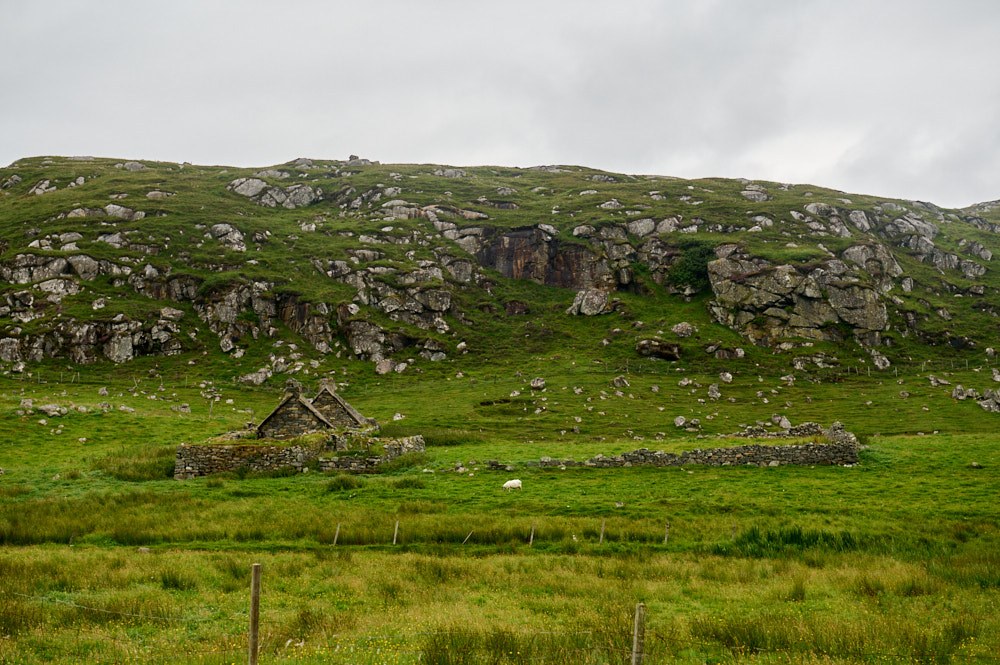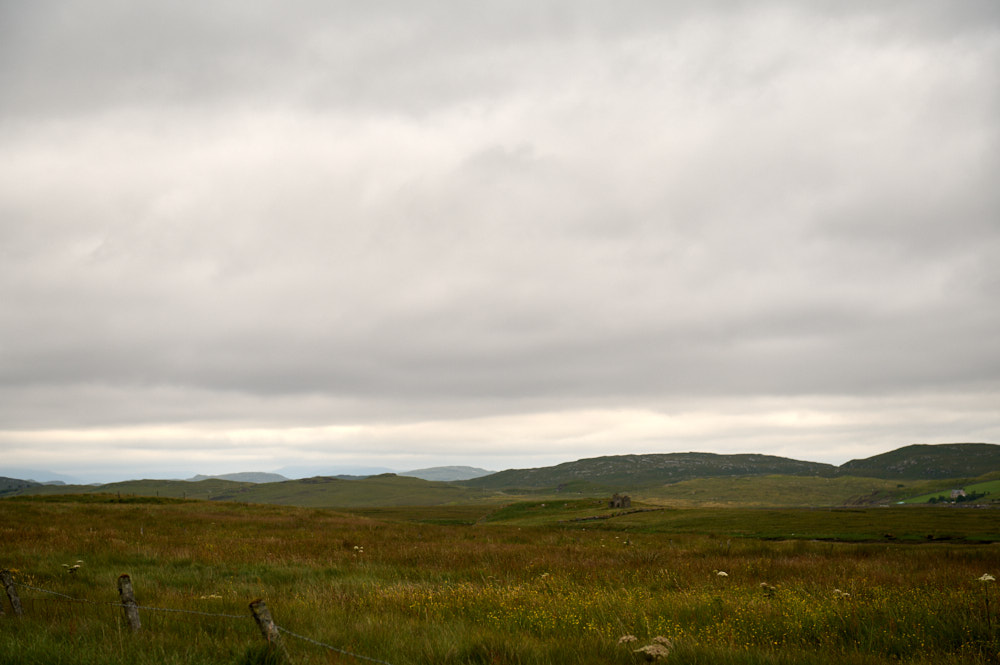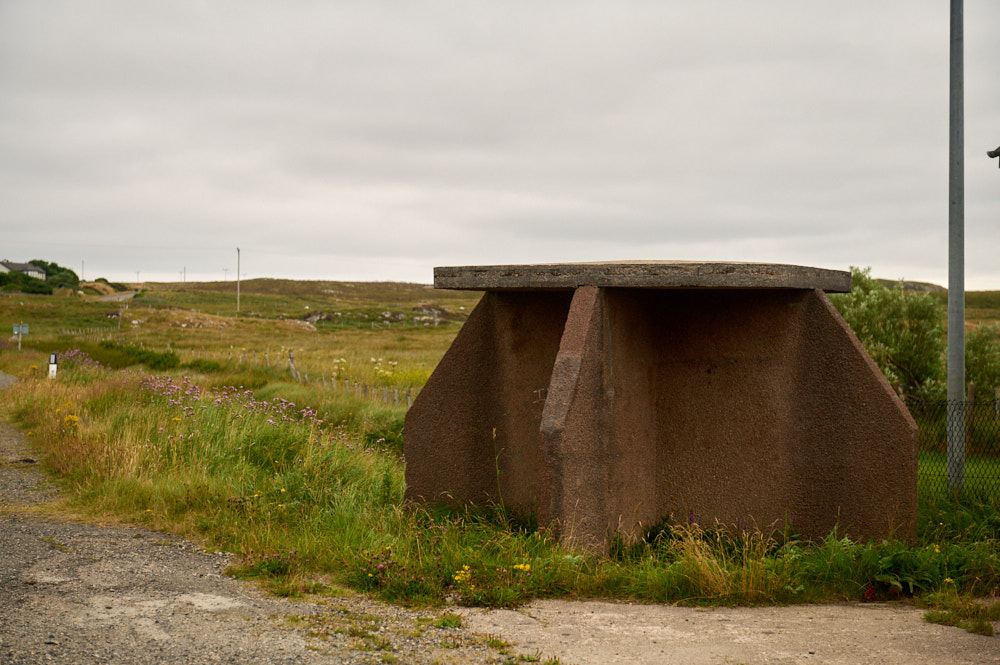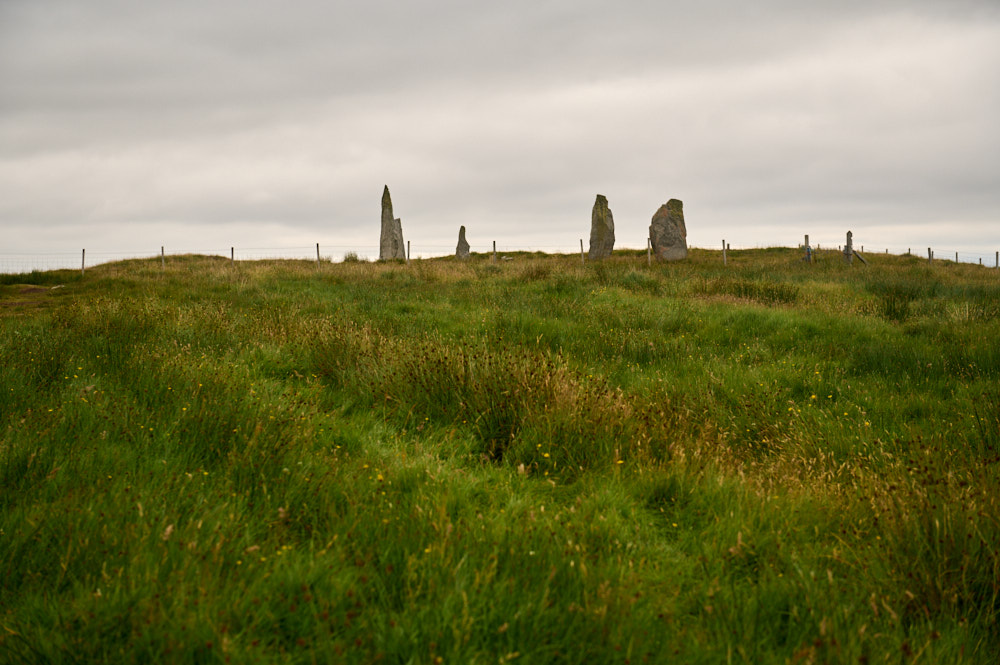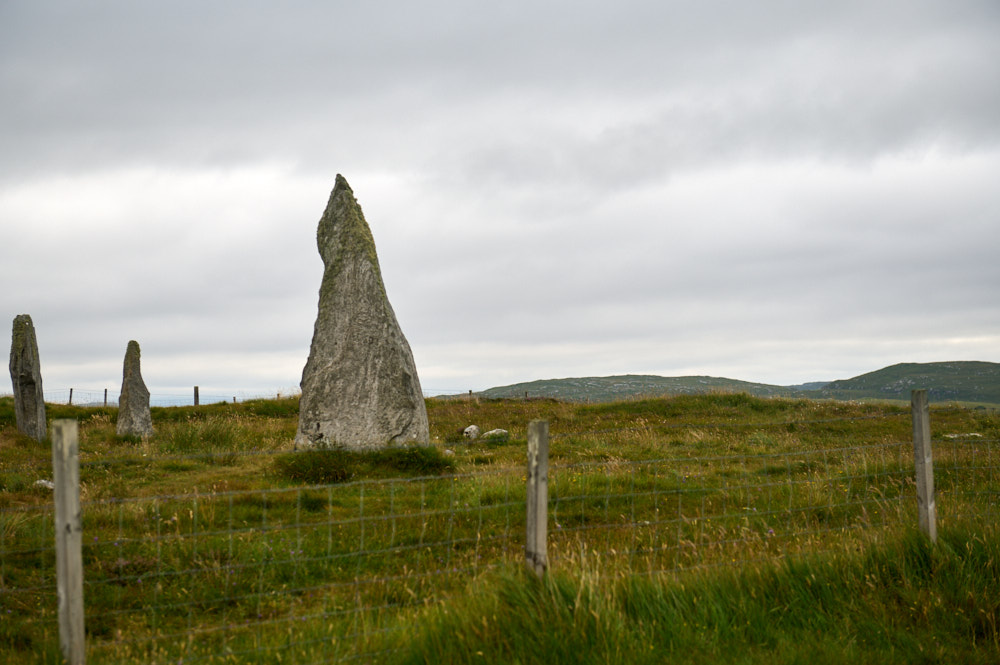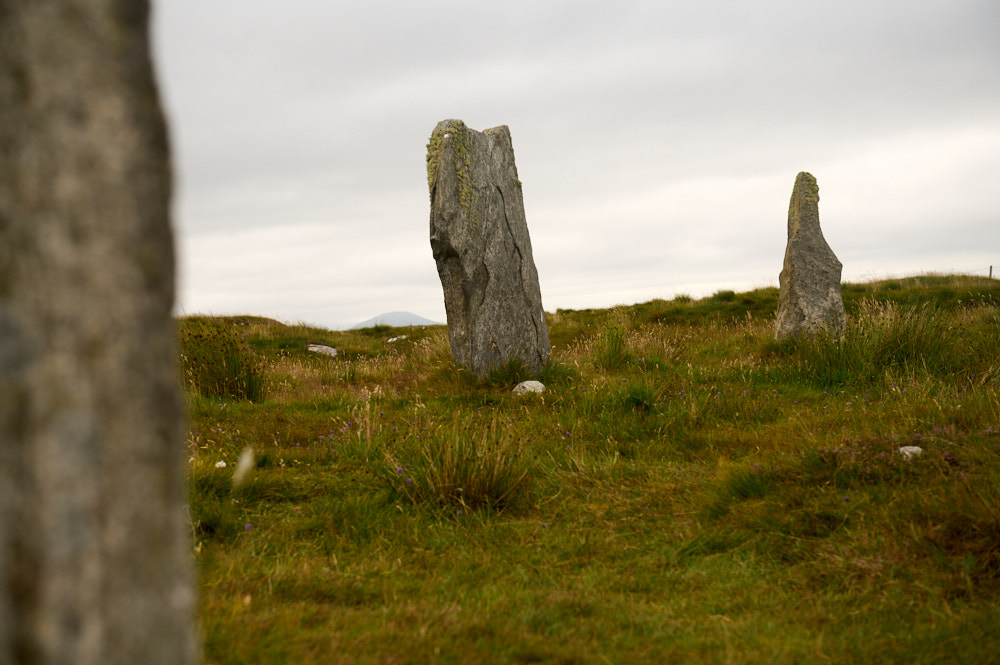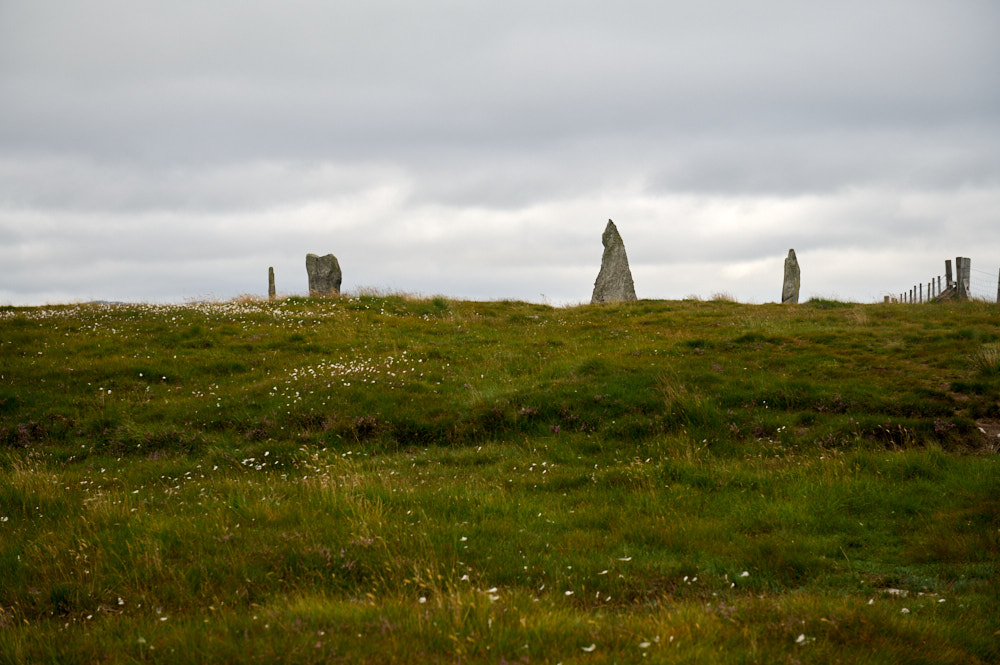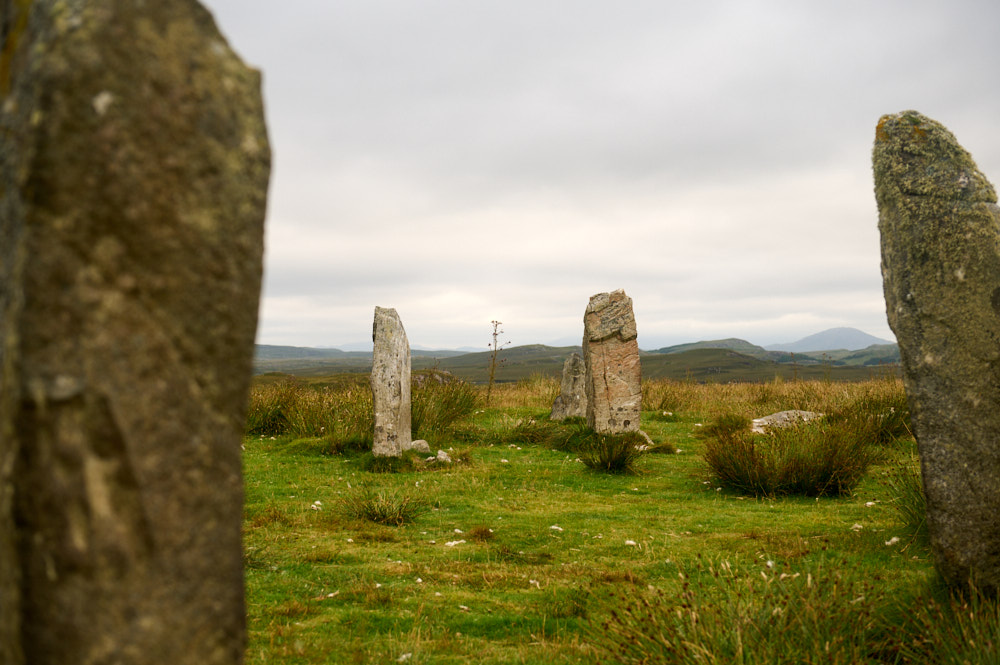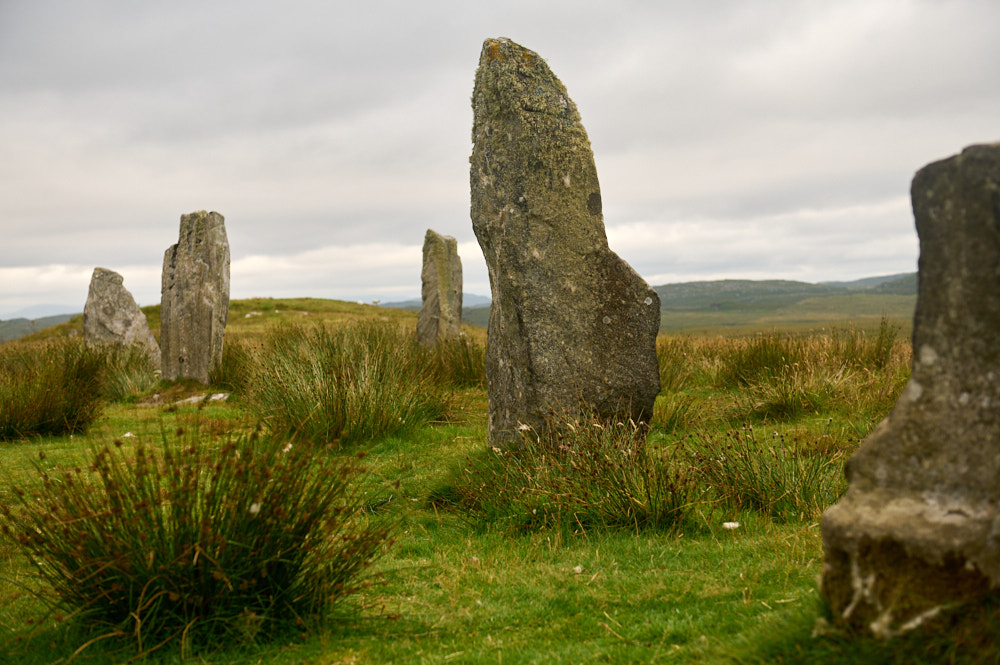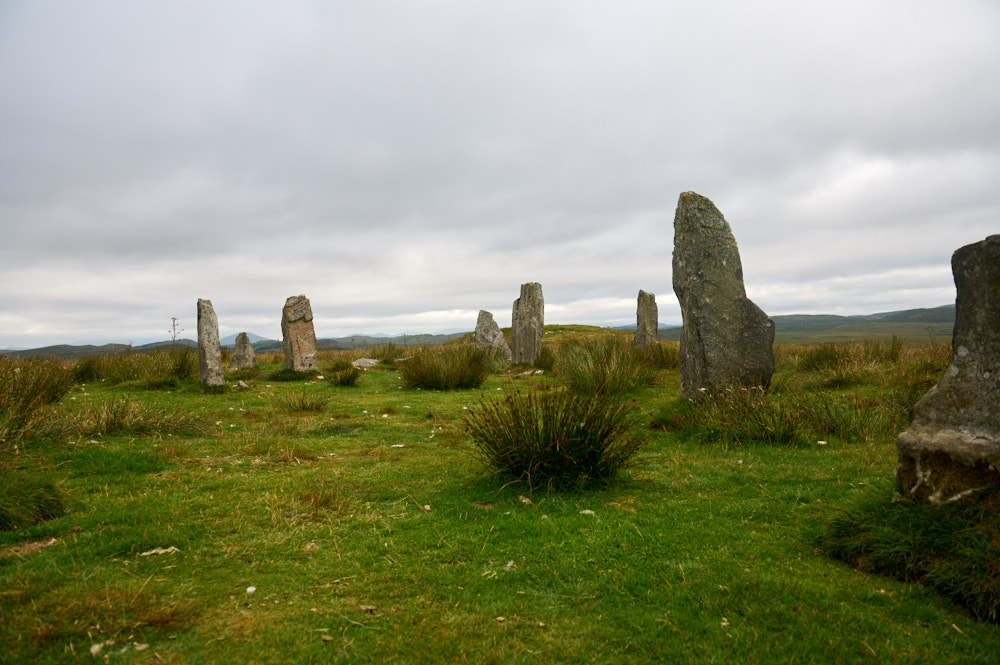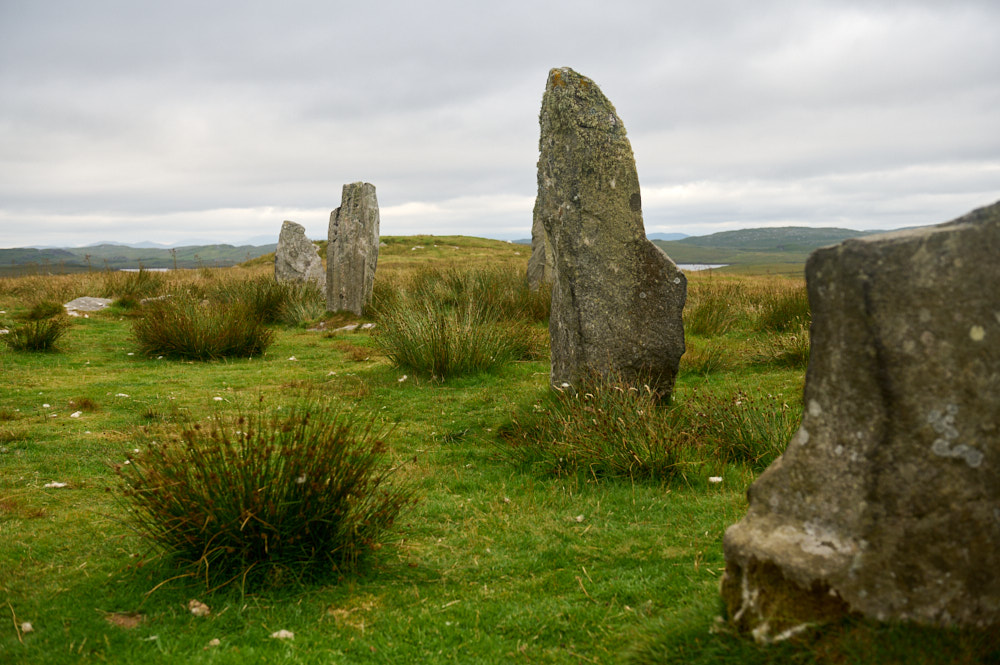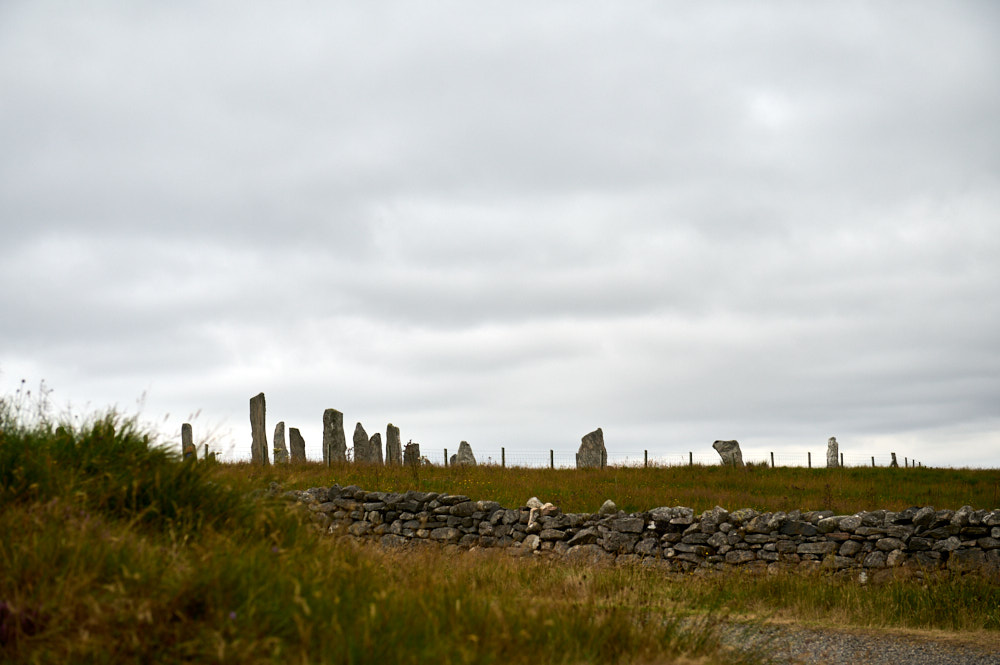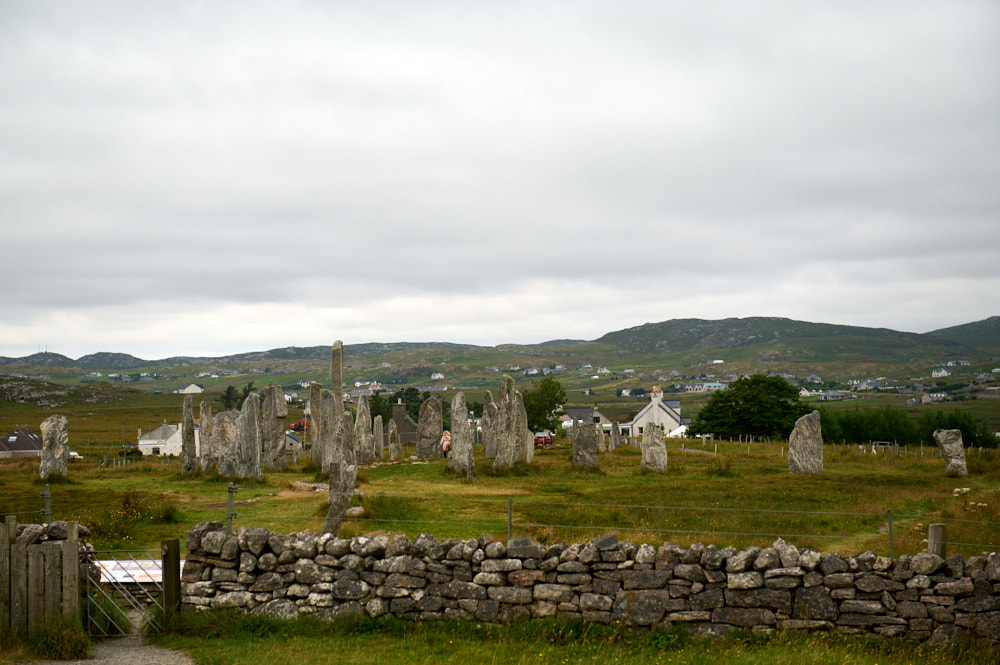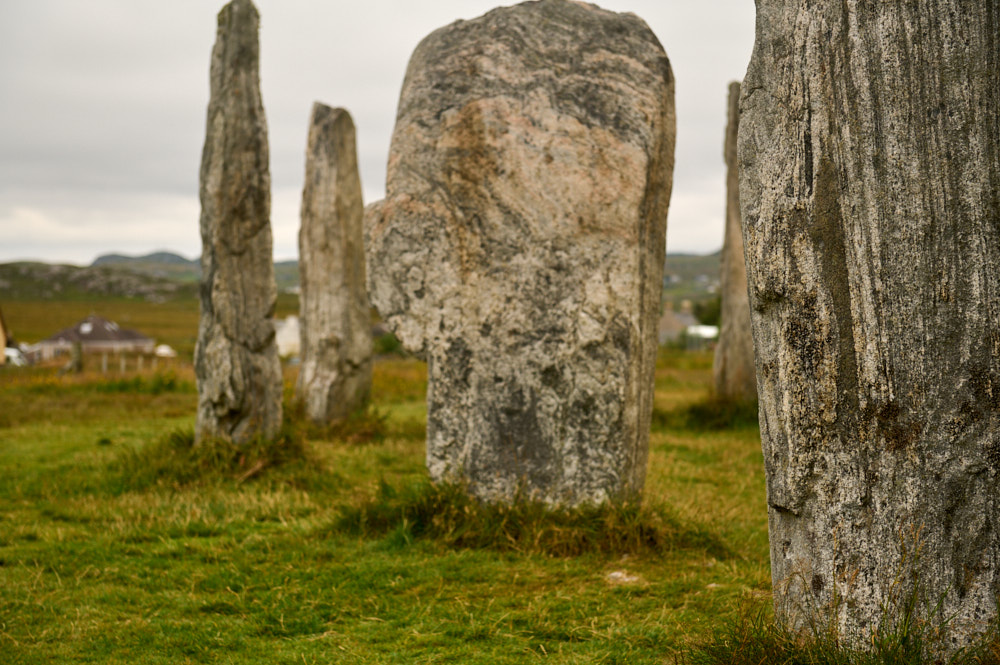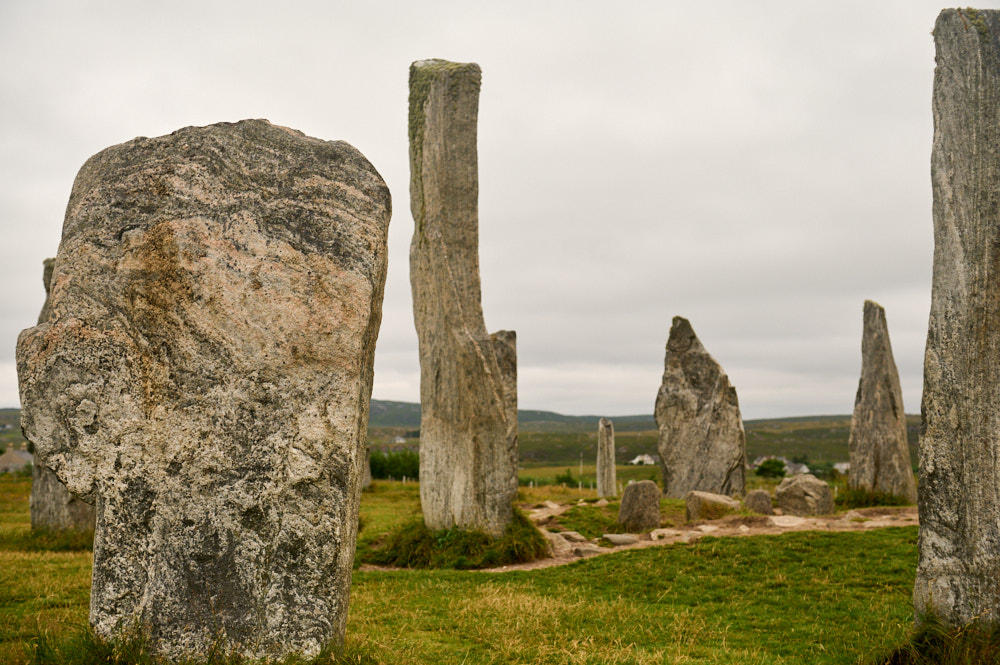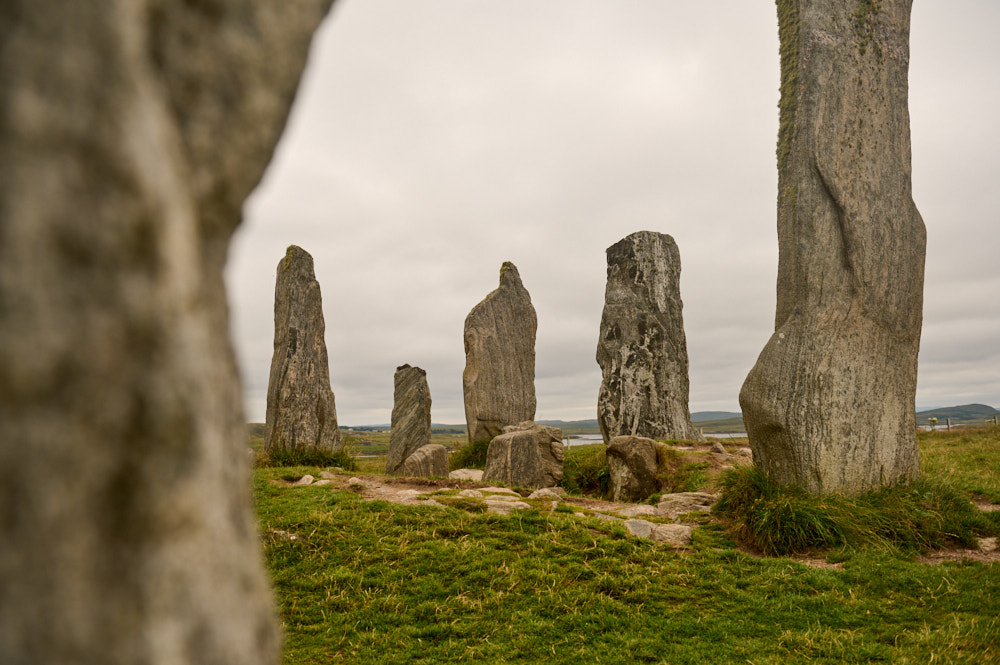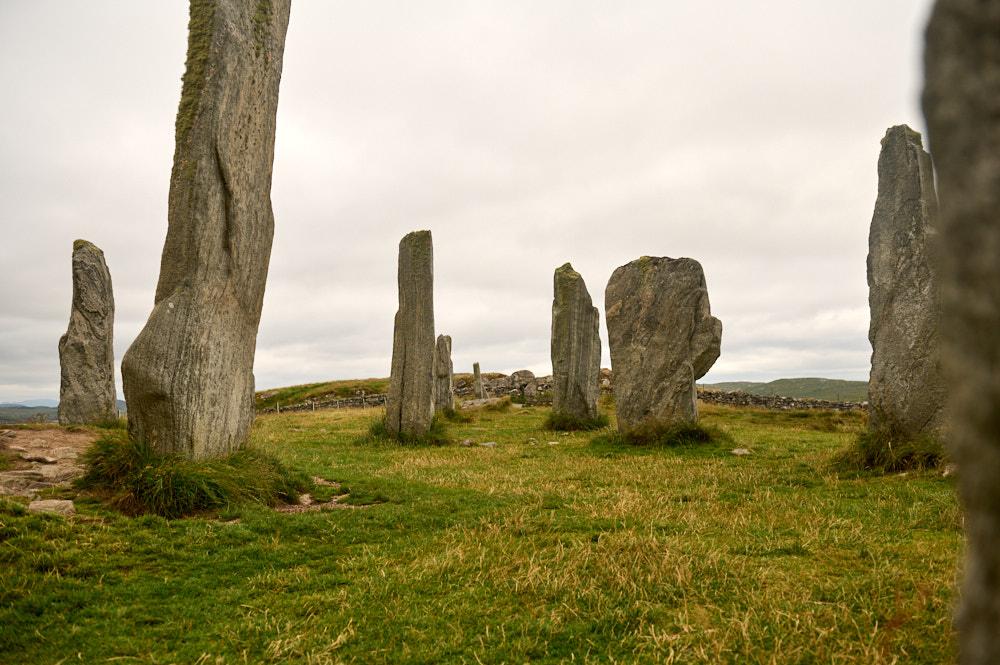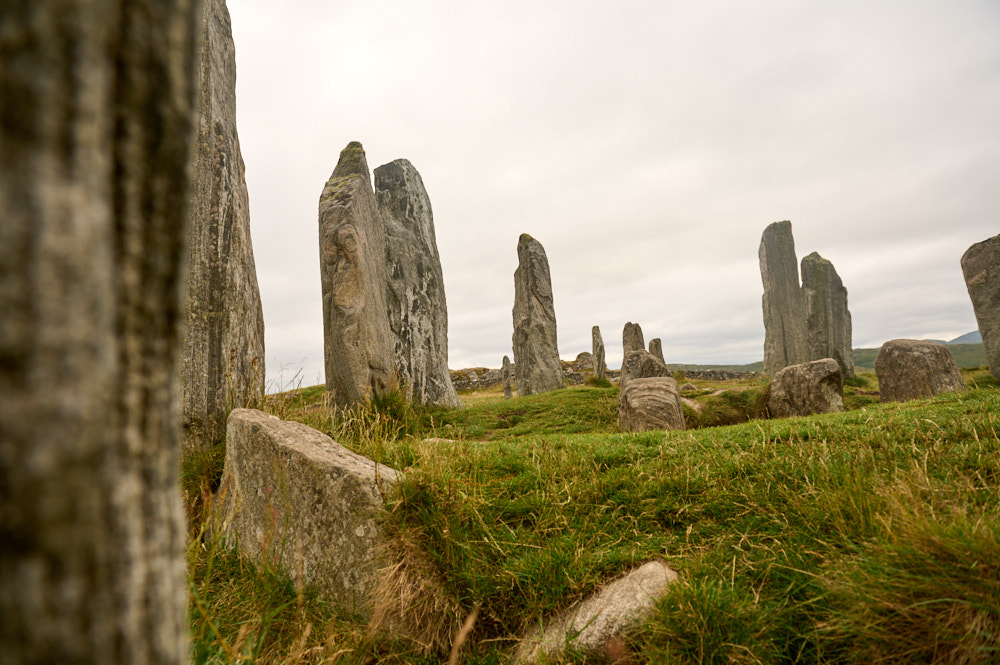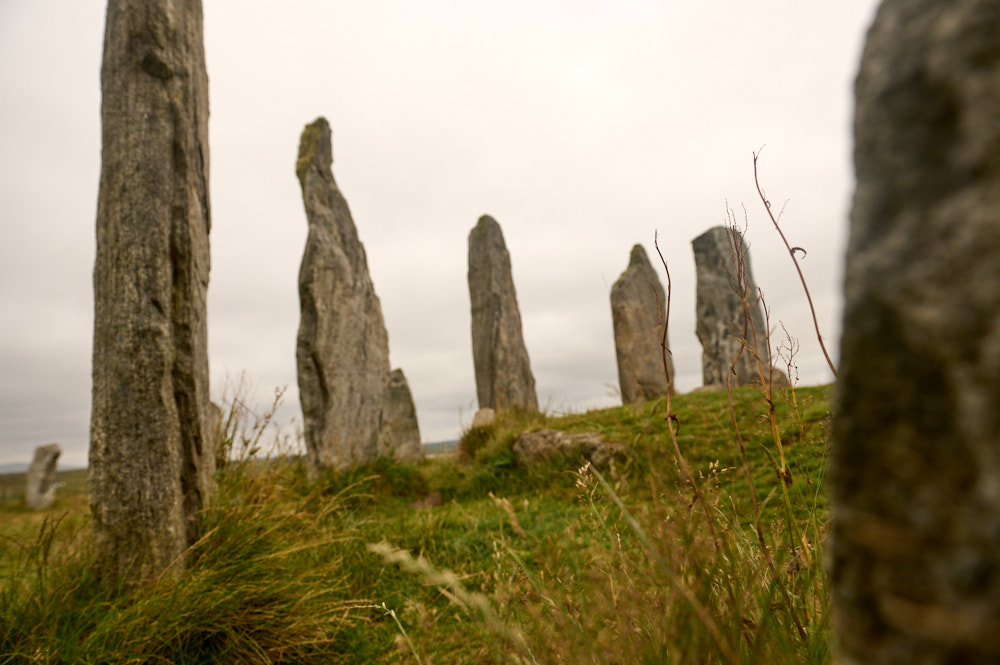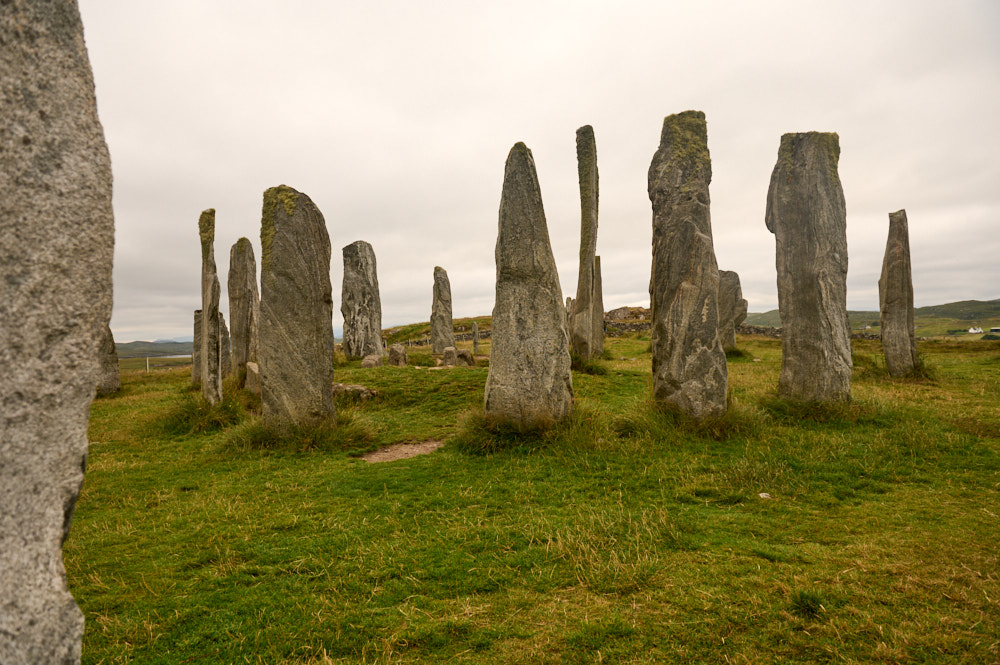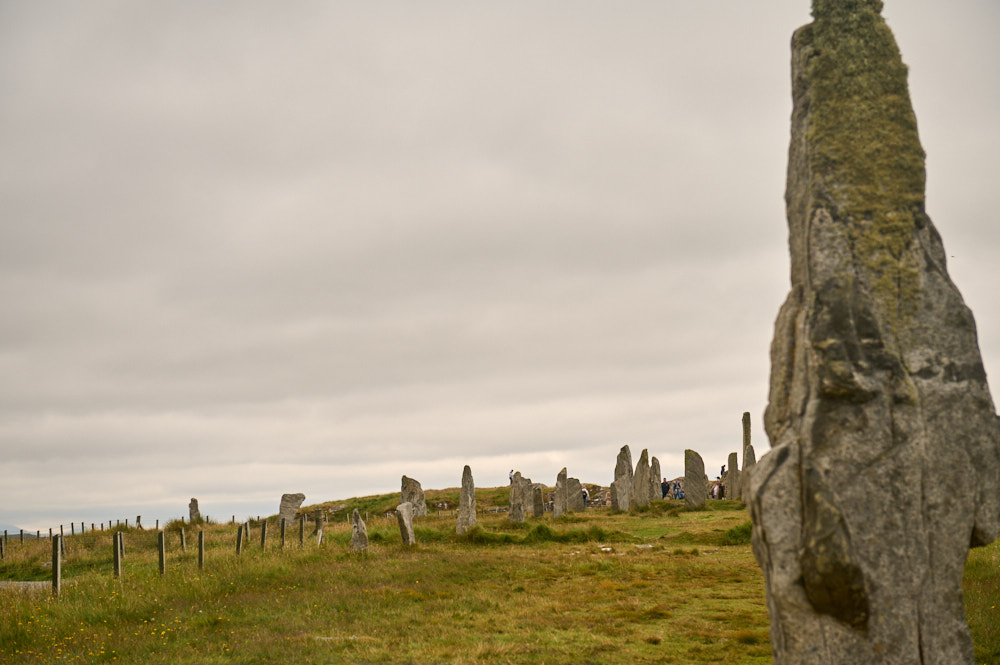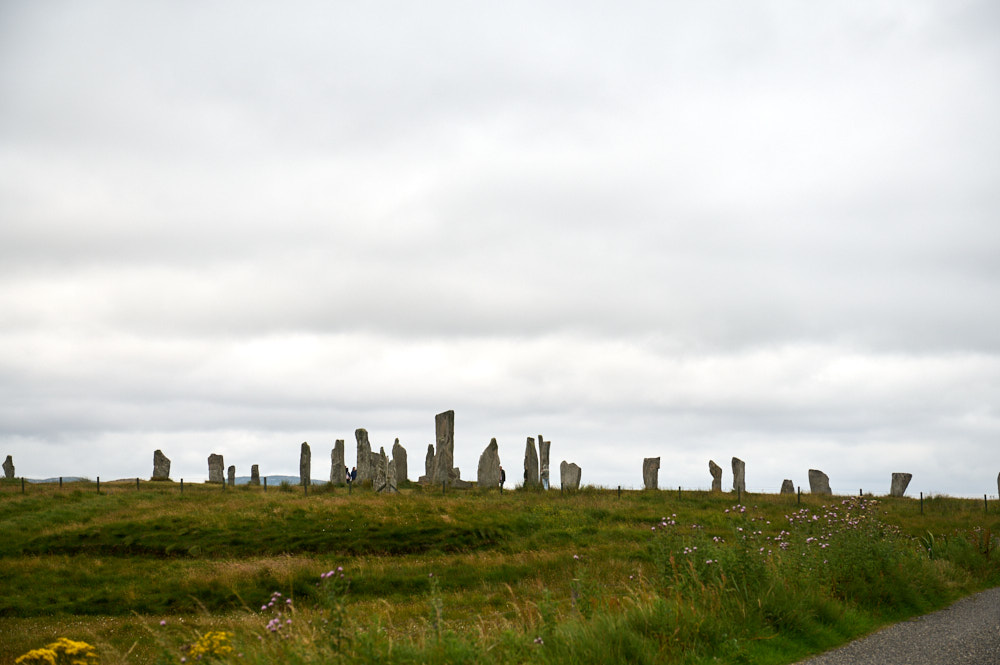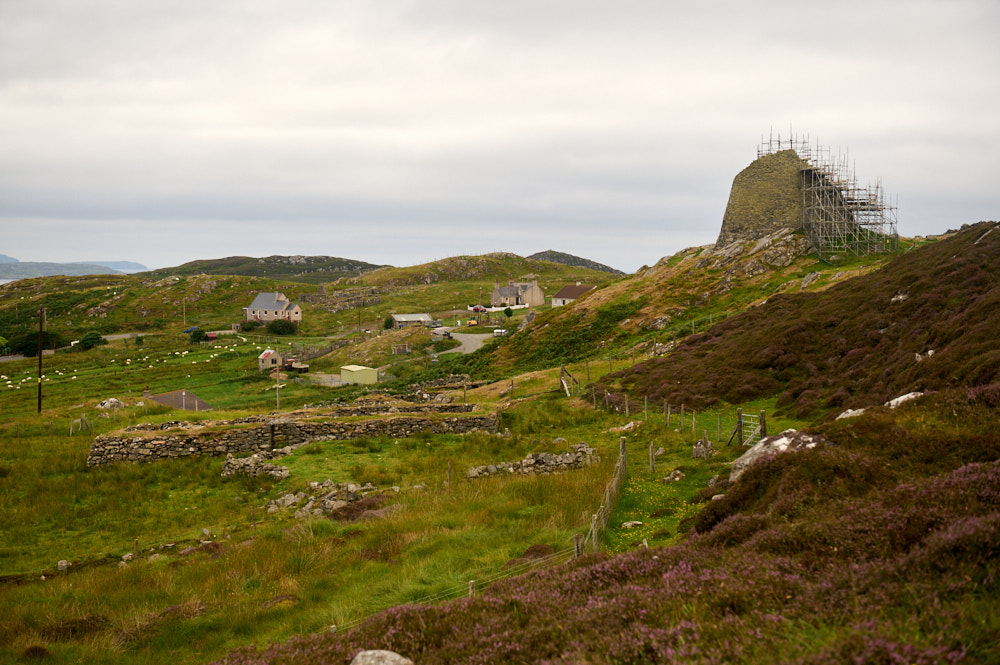
It´s been a while since I visited a broch, but luckily there is one in Carloway on the Isle of Lewis. Dun Carloway has probably been constructed about 200 BC and used until about AD 1000. It is said that the members of the Morrison Clan used the broch in Carloway as a stronghold in the 1500s.

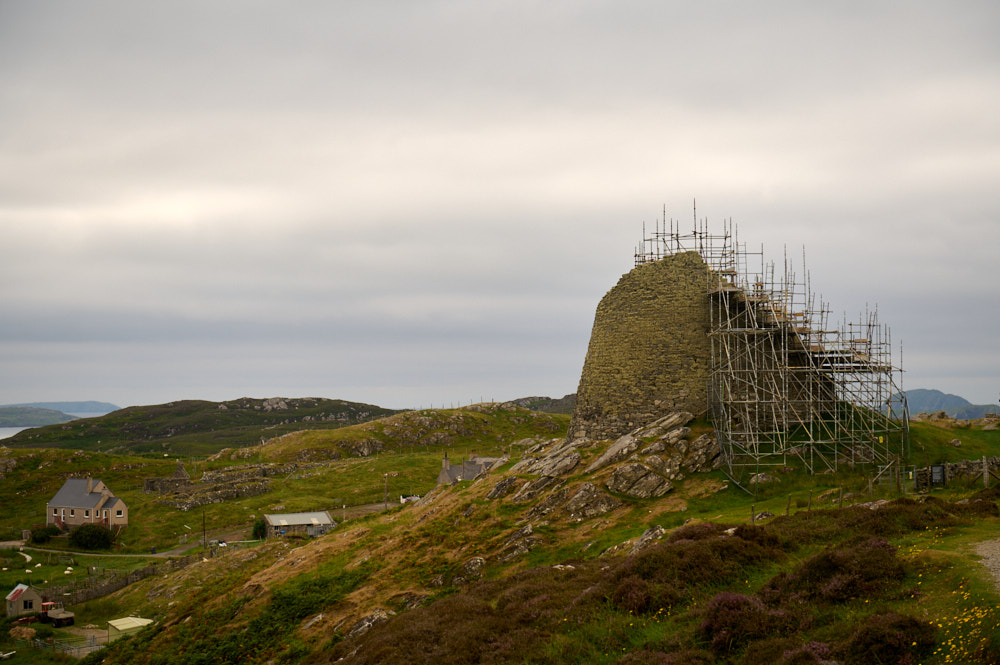
The broch was closed and under renovations, while I was in Lewis, but it was possible to walk around the almost 9m tall tower.
Dun Carloway is a striking monument in the landscape. This impressive example of Iron Age architecture may have been designed to make a bold statement of status, wealth or power. It was also easily defended, sitting high on a rocky outcrop, with wide views for miles around. (Historic Enviroment Scotland)
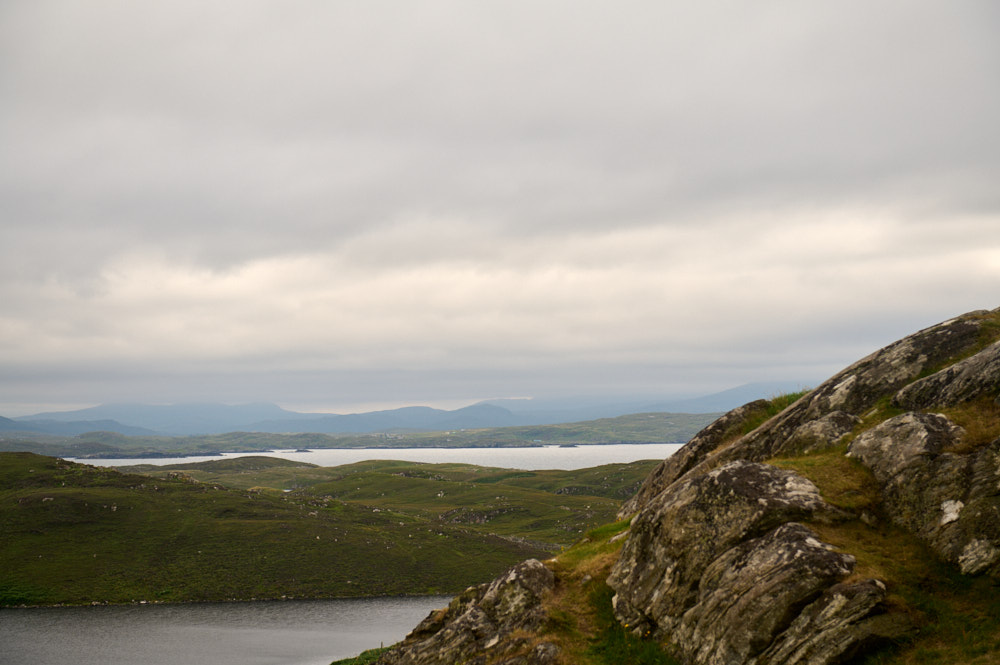
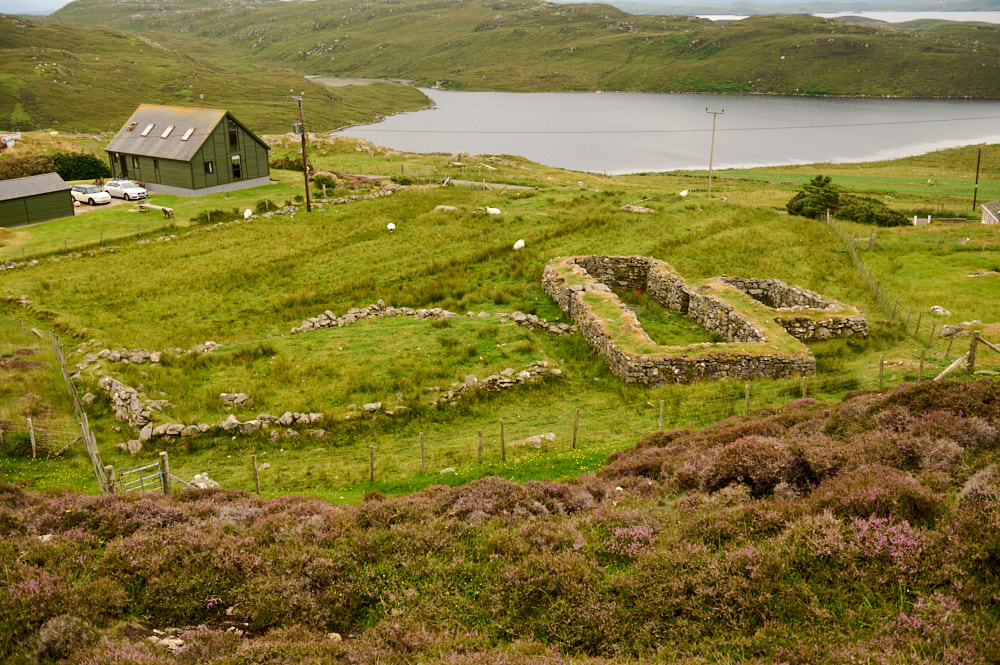
The main features of the Dun Carolway are a double-skinned wall with two tiers of internal galleries, a low entrance on the ground level, a small room off the entrance passage (guard room?), a stairwell that led to the upper floors and a stone ledge on the wall that probably supported the upper floor.

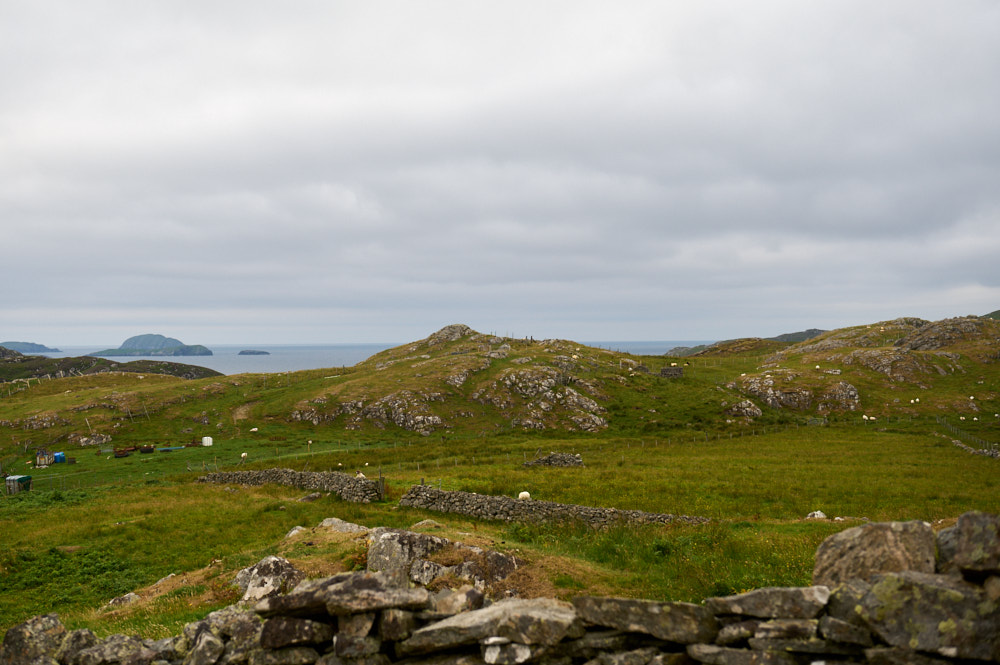


Dalmore Beach
On the way home I made two more stops, the first one at Dalmore Beach for a little evening stroll along the waves.
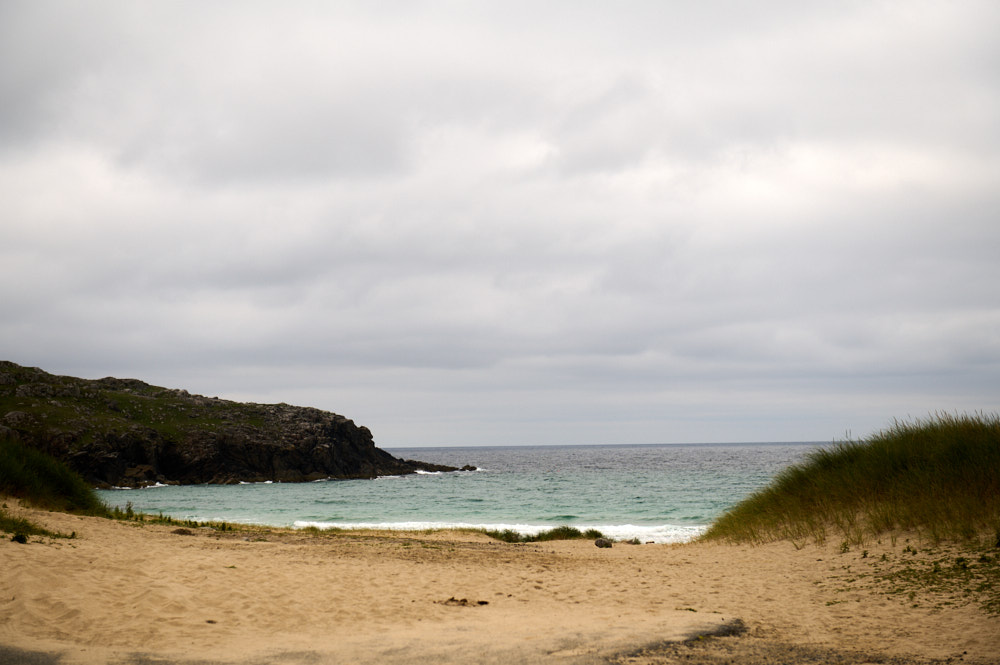
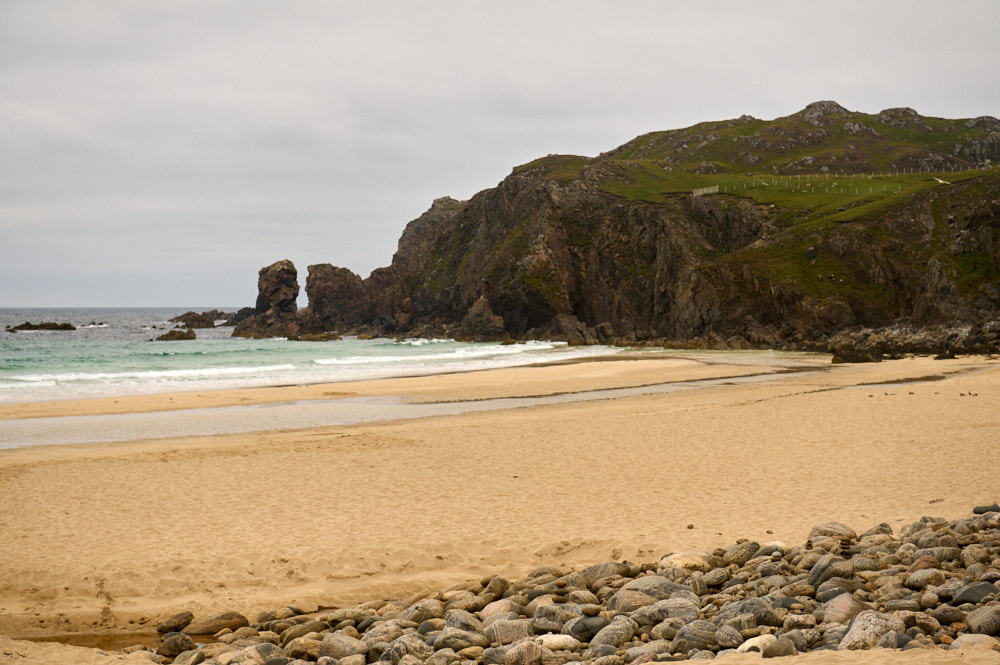
And met a cute dog!
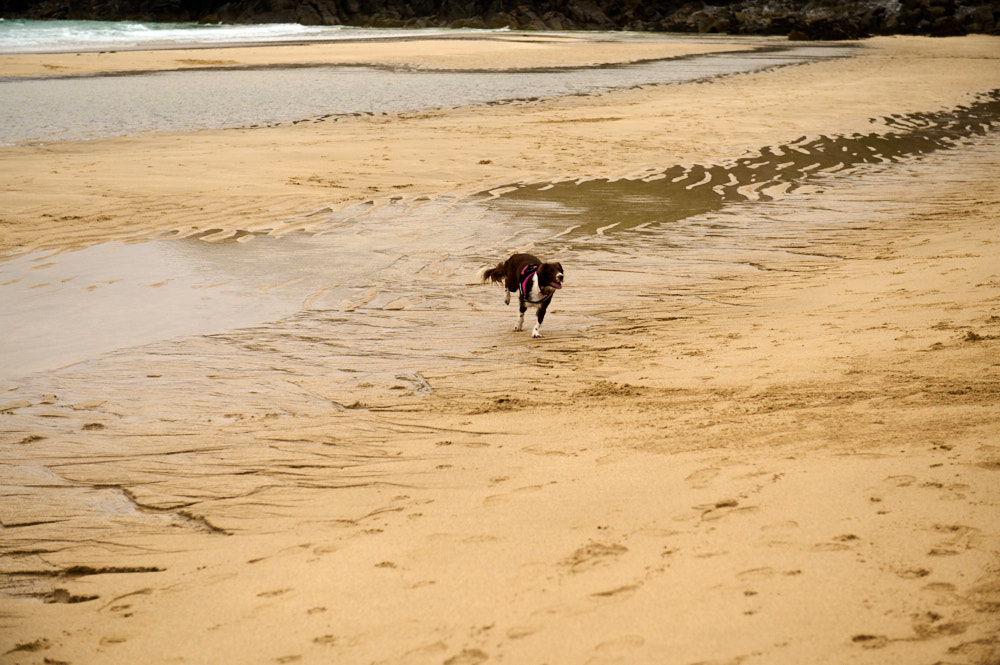

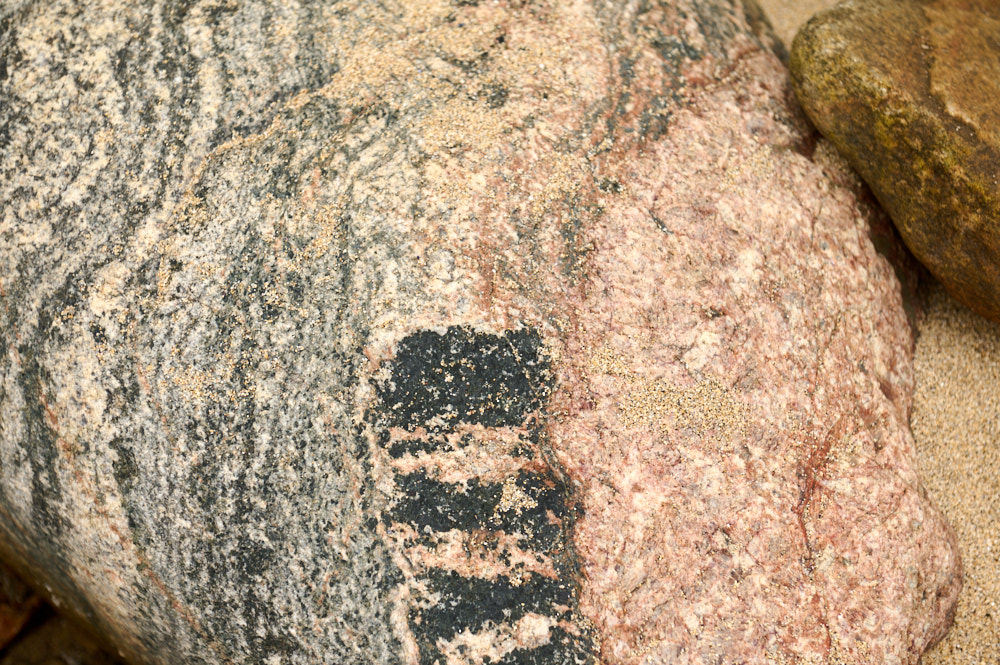
Lewis Gneiss – these stones are 1 to 3 million years old.
